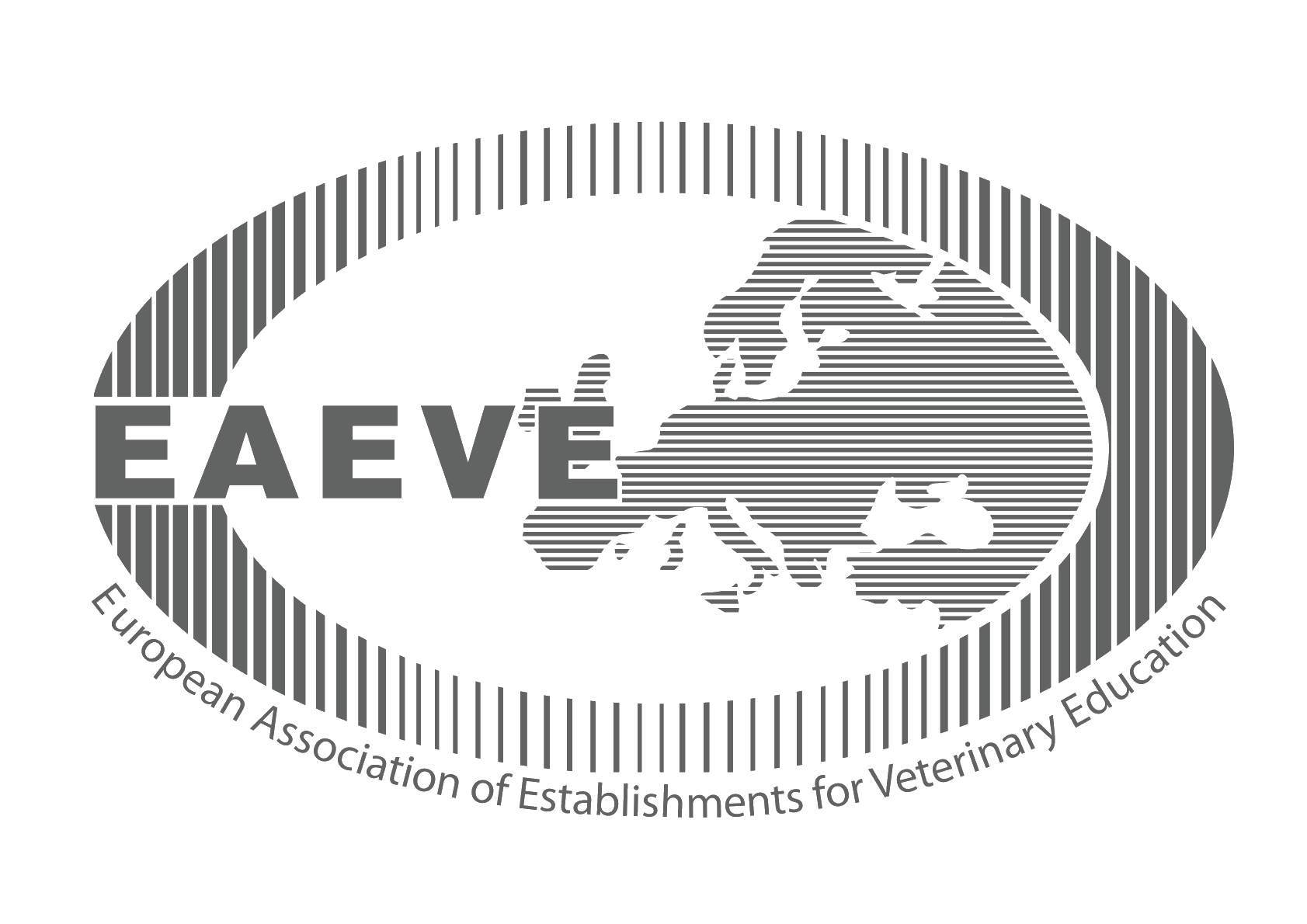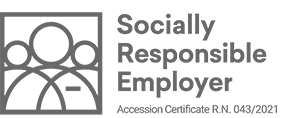V4-1805

Rising the competitve position of Slovenian cattle farming by controlling paratuberculosis in dairy cattle herds

General Data
Member of UL: Veterinary Faculty
Name of the leading partner: VF
Status: leading partner
Project code/ Projet No.: V4-1805
Project Title: Rising the competitve position of Slovenian cattle farming by controlling paratuberculosis in dairy cattle herds
Project period: 1. 11. 2018 - 31. 10. 2021
Yearly sum of FTE: 180.000 EUR
Leader: dr. Matjaž Ocepek
Scientific field: Biotechnical Sciences/Veterinary Medicine
Partners: SICRIS
Project phases
WP1: Paratuberculosis seroprevalence assessment in dairy cattle herds
1.1. Questionnaire formation and sampling strategy preparation
1.2. Sampling
1.3. Molecular in bacteriological investigation of samples
1.4. Assessment of resistance of animals to Map infection based on selected biochemical markers
1.5. Identification of epidemiological links of positive herds
1.6. Additional sampling and investigation of epidemiologically linked herds
WP2: Measures in positive herds
2.1. Assessment of the disease spread in the herd
2.2. Preparation of individual measures to control the disease in respective herds
2.3. Control of the measures efficiency
WP3: Evaluation of economic impact of the disease
3.1. Preparation of the basic herd economic model
3.2. Collection of the data related to individual paratuberculosis effects
3.3. Preparation of economic model of paratuberculosis impact
3.4. Economic analysis of control measures
WP4: Preparation of proposal for herd certification
Project description
In the scope of the proposed project, we aim to determine the prevalence of paratuberculosis in large dairy cattle herds and in the environment, to estimate the economic consequences of paratuberculosis in infected herds in Slovenia, to suggest the measures to control the disease, to introduce and monitor the efficiency of suggested measures in the infected herds, to study the possibility of introduction of herd certification for paratuberculosis free herds in order to enable the breeders the purchase of healthy animals from negative herds and to increase the value of such animals in domestic and foreign trade, and finally, to decrease the presence of MAP in the food chain and in the environment. The study is planned in such a way, that the findings would directly influence the productivity, health and welfare of dairy cattle. By detecting the infected herds and their identification it will be possible to reduce the risk of the disease spread between herds. A complete overview of health status together with economic analysis will be performed in the infected herds. We expect that the data collected in this study will justify the control measures for paratuberculosis.
Structure of the project group
Location
Gerbičeva 60
SI-1000 Ljubljana
Slovenija
Sample Reception
Samples are received at several locations throughout Slovenia. See where.
The veterinarian on duty
Emergency veterinary assistance for dogs and cats and a telephone number of constant readiness.
Library
A wide selection of domestic and foreign professional literature in the field of veterinary medicine and other sciences.
Main navigation
-
Education
- Informativni dan
- Why to become a veterinarian?
- Undergraduate Studies
- Postgraduate studies
- Pripravništvo
- Summer Schools
- Continuous education
- Professional Development
- International Activity
- Mednarodna dejavnost - Tuji študentje
- The Path to Creative Knowledge
- Tutoring
- Extracurricular Activities
- Career Centres
- Alumni
- Student organizations and societies
- Quality Assurance
- Clinics
- Diagnostics
- Dobrobit
- NVI
- Research
- About us
- Hub



